False Argument Used by Marijuana Opponents Could Thwart California Legalization
California voters are going to be asked in November to decide whether they support the legalization of marijuana for recreational – not just medicinal – purposes. Polls indicate public support for this is at an all-time high of 60 percent, so the measure has a good shot of winning. But opponents haven’t given up just yet, and they’ve seized on something they hope will sway voters who might otherwise be on-the-fence. Problem is, it’s not actually true. 
The argument: That if you vote for legalization of recreational marijuana, the television and radio airwaves are going to be flooded with marijuana advertising.
For 45 years, there has been a ban on the advertisement of tobacco and smoke-related products. Now, some lawmakers are arguing that Prop. 64, the marijuana legislation, is going to undo all that. Sen. Dianne Feinstein (D-Ca.) argued that if California voters approve Prop. 64, they’ll be opening the door to marijuana smoking advertisements during prime time, when millions of teens and children will be tuning in. Continue reading
 Cannabis Law Group's Medical Marijuana Legal Blog
Cannabis Law Group's Medical Marijuana Legal Blog
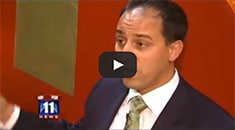
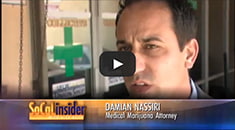




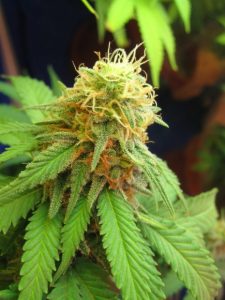
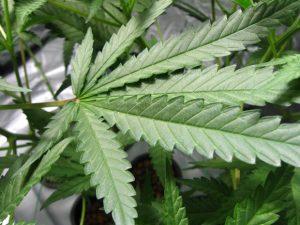


 It is interesting to consider that in 1996, legalizing medical marijuana made California the most progressive state in the nation in terms of helping patients get access to a drug they desperately needed. This was also done at a time when the federal government, and especially the United States Drug Enforcement Administration (DEA) made it very clear they would be not looking the other way. There were cultivators, dispensaries, and even patients that were arrested and prosecuted for violating federal laws as marijuana is on Schedule I of the United States Controlled Substances Act (USCSA) of 1970.
It is interesting to consider that in 1996, legalizing medical marijuana made California the most progressive state in the nation in terms of helping patients get access to a drug they desperately needed. This was also done at a time when the federal government, and especially the United States Drug Enforcement Administration (DEA) made it very clear they would be not looking the other way. There were cultivators, dispensaries, and even patients that were arrested and prosecuted for violating federal laws as marijuana is on Schedule I of the United States Controlled Substances Act (USCSA) of 1970. 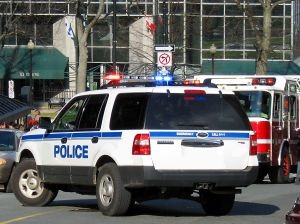 Authorities say defendant driver was high on medical marijuana at the time of the deadly crash. During the crash, defendant allegedly crashed into a parked state police cruiser that was occupied by the Massachusetts State Police (MSP) trooper.
Authorities say defendant driver was high on medical marijuana at the time of the deadly crash. During the crash, defendant allegedly crashed into a parked state police cruiser that was occupied by the Massachusetts State Police (MSP) trooper. 
